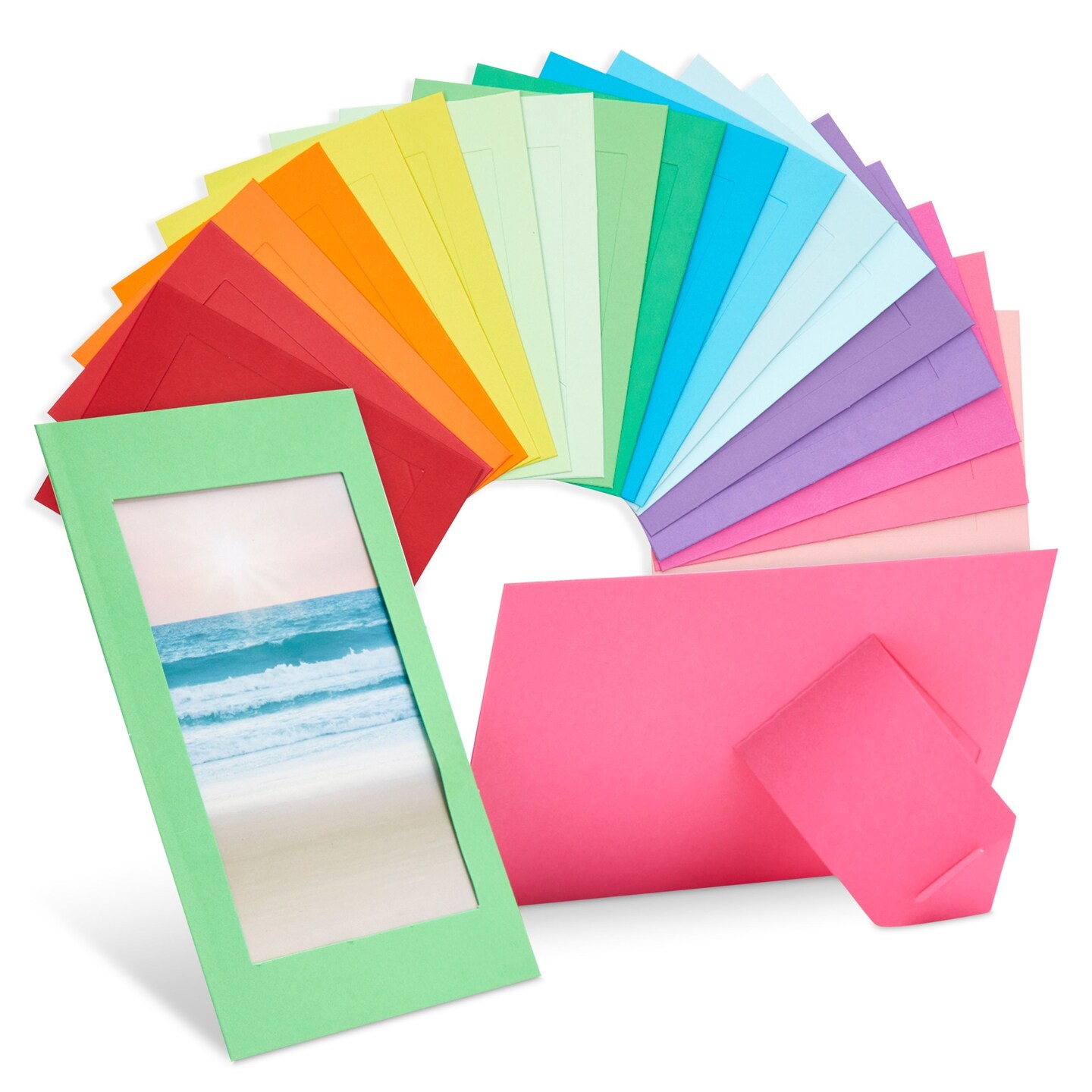

Articles
How To Make Paper Picture Frames
Modified: December 7, 2023
Learn how to create beautiful paper picture frames with our step-by-step articles. Get creative and make unique frames for your cherished memories.
(Many of the links in this article redirect to a specific reviewed product. Your purchase of these products through affiliate links helps to generate commission for Storables.com, at no extra cost. Learn more)
Introduction
When it comes to displaying cherished memories and adding a personal touch to your home decor, nothing beats a handmade picture frame. While traditional wooden frames may require advanced woodworking skills, there is a fun and accessible alternative: making paper picture frames. Not only are they cost-effective and customizable, but they also allow you to unleash your creativity and create unique frames for your favorite photographs or artwork.
In this article, we will guide you through the process of making paper picture frames. We will cover everything from gathering the necessary materials to adding the finishing touches. So, grab your scissors, glue, and colorful paper, and let’s get started on this delightful DIY project!
Key Takeaways:
- Create personalized and cost-effective paper picture frames using simple materials and unleash your creativity to showcase cherished memories and artwork in a unique and visually appealing way.
- From choosing the right paper to adding finishing touches, making paper picture frames offers endless customization possibilities, allowing you to express your artistic vision and create one-of-a-kind frames for your favorite photos and artwork.
Read more: How To Make Picture Frames
Materials Needed
Before diving into the process of making paper picture frames, let’s ensure you have all the necessary materials on hand:
- Cardstock or decorative paper: Choose a sturdy paper that will provide support to the frame.
- Scissors: A good pair of scissors will make cutting and shaping the paper easier.
- Glue: Opt for a glue stick or craft glue that provides a strong bond but doesn’t wrinkle the paper.
- Ruler: A ruler will help you accurately measure and cut the paper.
- Pencil: Use a pencil to mark measurements and guidelines on the paper.
- Decorative embellishments (optional): Ribbons, stickers, buttons, or other embellishments can add a personal touch to your paper picture frames.
- Pictures or artwork: Choose the photographs or artwork you want to display in your frames.
Once you have gathered these materials, you are ready to start creating your beautiful paper picture frames!
Step 1: Gathering Supplies
Before you begin making paper picture frames, it’s important to gather all the supplies you will need. This will ensure a smooth and efficient crafting process. Here are the steps to follow:
- Clear a workspace: Start by clearing a clean and spacious area where you can comfortably work on your project.
- Organize materials: Lay out all the materials you collected for making paper picture frames, ensuring they are within reach.
- Prepare tools: Check that your scissors are sharp and ready for use. Have your ruler and pencil on hand for measuring and marking the paper.
By taking the time to gather and organize your supplies, you will have everything at your fingertips, making the crafting process more enjoyable and efficient.
Step 2: Choosing the Paper
Choosing the right paper is crucial for creating sturdy and visually appealing paper picture frames. Here are some tips to help you make the best choice:
- Consider thickness: Opt for cardstock or heavy-weight paper that will provide support and durability to your frames. Thin or flimsy paper may not hold up well.
- Think about color and design: Select paper that complements your photographs or artwork. Solid colors, decorative patterns, or textured paper can add visual interest to your frames.
- Experiment with texture: Explore different textures, such as smooth, glossy, or textured paper, to achieve the desired look and feel of your frames.
- Keep it acid-free: If you’re planning to display valuable or archival photos, make sure the paper is acid-free to prevent any damage or discoloration over time.
- Consider the size: Choose paper that is large enough to accommodate the size of your desired frame. It’s always better to have larger paper and trim it down, rather than struggling with a smaller piece.
Remember, the choice of paper ultimately depends on your personal preference and the style you want to achieve. Don’t be afraid to get creative and experiment with different colors and textures to make your paper picture frames truly unique.
Step 3: Measuring and Cutting
Once you have selected the paper for your frames, it’s time to measure and cut it to the desired size. Follow these steps:
- Measure the photo or artwork: Take measurements of the photo or artwork you want to display in the frame. This will help determine the dimensions of the frame.
- Add margins: To create a border around your photo or artwork, add a desired margin size to the measurements. This will ensure that the frame does not overlap the content.
- Mark the measurements: Use a pencil and ruler to mark the measurements directly on the backside of the paper. Make sure to draw straight lines and accurate measurements.
- Cut the paper: With your scissors, carefully cut along the marked lines to create the frame. Take your time to ensure clean and precise cuts.
- Repeat for additional frames: If you are creating multiple frames, repeat the above steps for each frame, adjusting the measurements as necessary.
By measuring and cutting the paper accurately, you will create frames that fit your photos or artwork perfectly. Remember to double-check your measurements before cutting to avoid any mistakes. It’s always better to be cautious and take your time during this step.
When making paper picture frames, use a bone folder to create crisp, clean folds for a professional-looking finish.
Read more: How To Make Stands For Picture Frames
Step 4: Folding and Assembling
Now that you have cut the paper to the desired size, it’s time to fold and assemble the frames. Follow these step-by-step instructions:
- Identify the front and back side of the paper: Determine which side of the paper you want to be the front of your frame. This is the side that will be visible once the frame is assembled.
- Fold the paper: With the front side facing down, fold each side of the paper inward to create flaps. The width of the flaps should be slightly smaller than the margin you added in the previous step.
- Apply glue: Open up the folded flaps and apply a thin layer of glue along the inner edges. Avoid using too much glue to prevent the paper from warping or becoming too wet.
- Press flaps together: Carefully fold the flaps back into place, pressing them firmly together to create a secure bond. Hold the flaps in place for a few seconds to allow the glue to dry.
- Repeat for remaining sides: Repeat the folding, gluing, and pressing process for the remaining sides of the frame until all edges are securely sealed.
- Let it dry: Allow the glue to dry completely before moving on to the next step. This will help prevent any accidental shifting or misalignment of the frame.
By folding and assembling the frames with care, you will create sturdy structures that will hold your photos or artwork securely. Pay attention to the alignment and ensure that the edges are well glued for a professional-looking finish.
Step 5: Adding the Picture
With the frame structure in place, it’s time to add the picture or artwork you want to display. Follow these simple steps:
- Prepare the photo: Ensure that your photo or artwork is trimmed to the correct size, so it fits perfectly within the frame.
- Apply glue or adhesive: Add a small amount of glue or double-sided adhesive to the back of the photo. Be mindful not to use too much glue, as it may seep out from the edges.
- Position the photo: Carefully place the photo onto the backside of the frame, aligning it with the opening.
- Press down gently: Use your fingers or a clean cloth to press down gently on the photo, securing it to the frame. Ensure that all corners and edges are firmly adhered.
- Let it dry: Allow the glue or adhesive to dry completely before handling or moving the framed picture. This will prevent any accidental shifting or damage to the photo.
By following these steps, you can easily add your desired photo or artwork to the paper frame. Take your time to ensure proper alignment and a secure attachment, so your picture remains beautifully displayed within the frame.
Step 6: Adding Finishing Touches
To give your paper picture frames that extra special touch, consider adding some finishing touches. Here are a few ideas to enhance the aesthetic appeal:
- Decorative embellishments: Use ribbons, stickers, buttons, or other decorative elements to embellish the frame. Experiment with different colors and textures to match your personal style.
- Personalization: Add a name, date, or a special message onto the frame using markers or decorative lettering. This can make the frame more meaningful and personalized.
- Layering: Create a layered effect by gluing smaller cut-out shapes or designs onto the front of the frame. This adds dimension and visual interest to the overall look.
- Texture: Consider adding texture to the frame by using embossing powders, textured paint, or textured paper. This can create a unique and tactile finish.
- Sealing: If you want to protect your frame from wear and tear, you can apply a thin layer of clear varnish or sealant. Make sure to follow the instructions on the specific product you’re using.
Adding these finishing touches will not only make your paper picture frames visually appealing but also add a personal touch and make them more unique. Get creative and let your imagination soar!
Conclusion
Congratulations! You have successfully learned how to make paper picture frames. With just a few simple materials and some creative flair, you can create unique frames to showcase your cherished memories and artwork. Not only are these paper frames cost-effective, but they also offer endless possibilities for customization.
Throughout this article, we have covered the step-by-step process, from gathering supplies to adding finishing touches. Remember to choose the right paper, measure and cut accurately, fold and assemble with precision, and take care when adding your pictures or artwork.
Don’t be afraid to let your creativity shine through by personalizing your frames with decorative embellishments, personal messages, or unique textures. The beauty of making paper picture frames is the opportunity to unleash your artistic vision and create something truly one-of-a-kind.
So, why not gather your materials, choose your favorite photos, and start crafting your very own paper picture frames today? Not only will you have stunning frames to display your memories, but you will also have a wonderful sense of accomplishment knowing that you made them by hand.
Enjoy the process, let your imagination guide you, and watch as your paper frames become a beautiful addition to your home decor. Happy crafting!
Frequently Asked Questions about How To Make Paper Picture Frames
Was this page helpful?
At Storables.com, we guarantee accurate and reliable information. Our content, validated by Expert Board Contributors, is crafted following stringent Editorial Policies. We're committed to providing you with well-researched, expert-backed insights for all your informational needs.
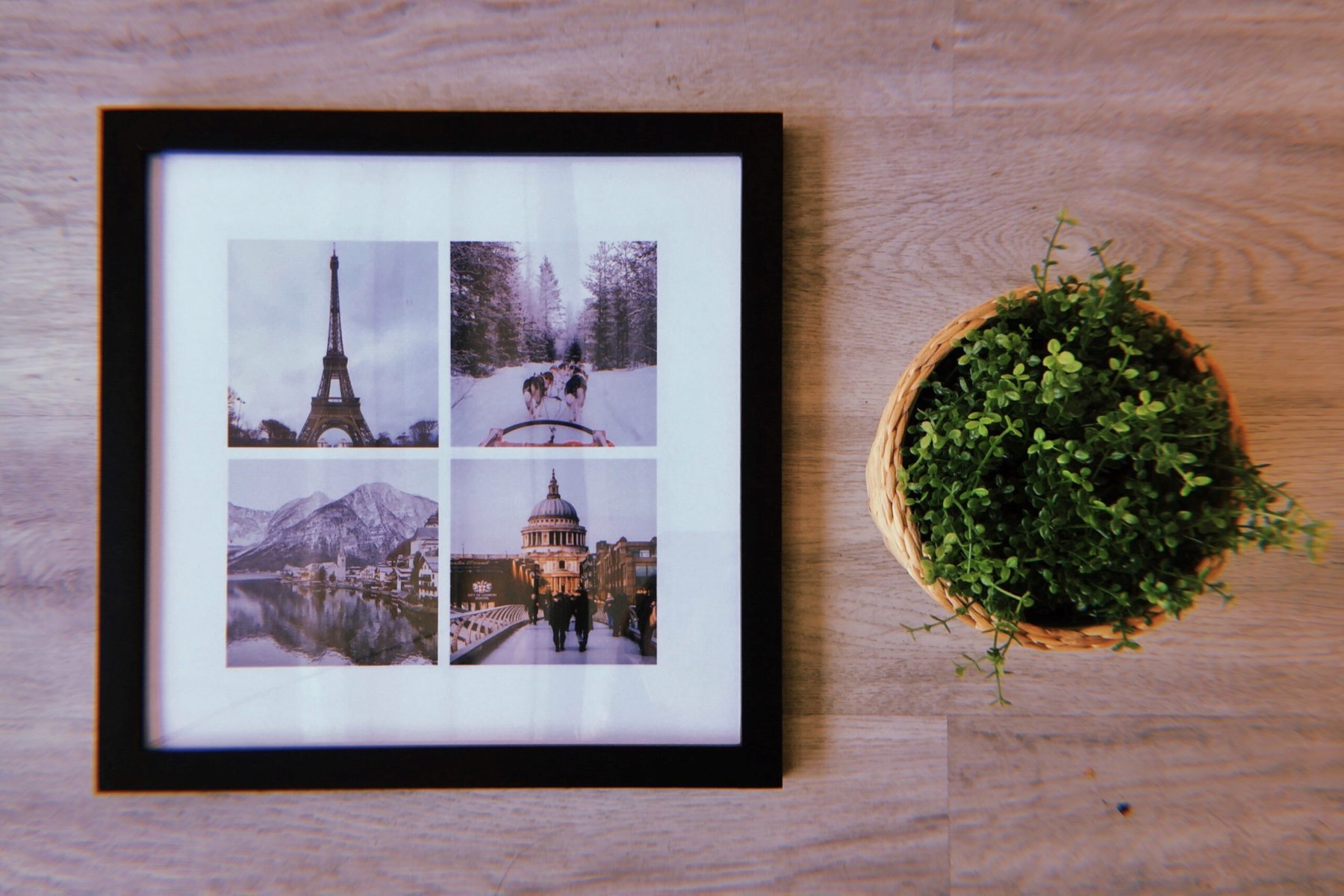
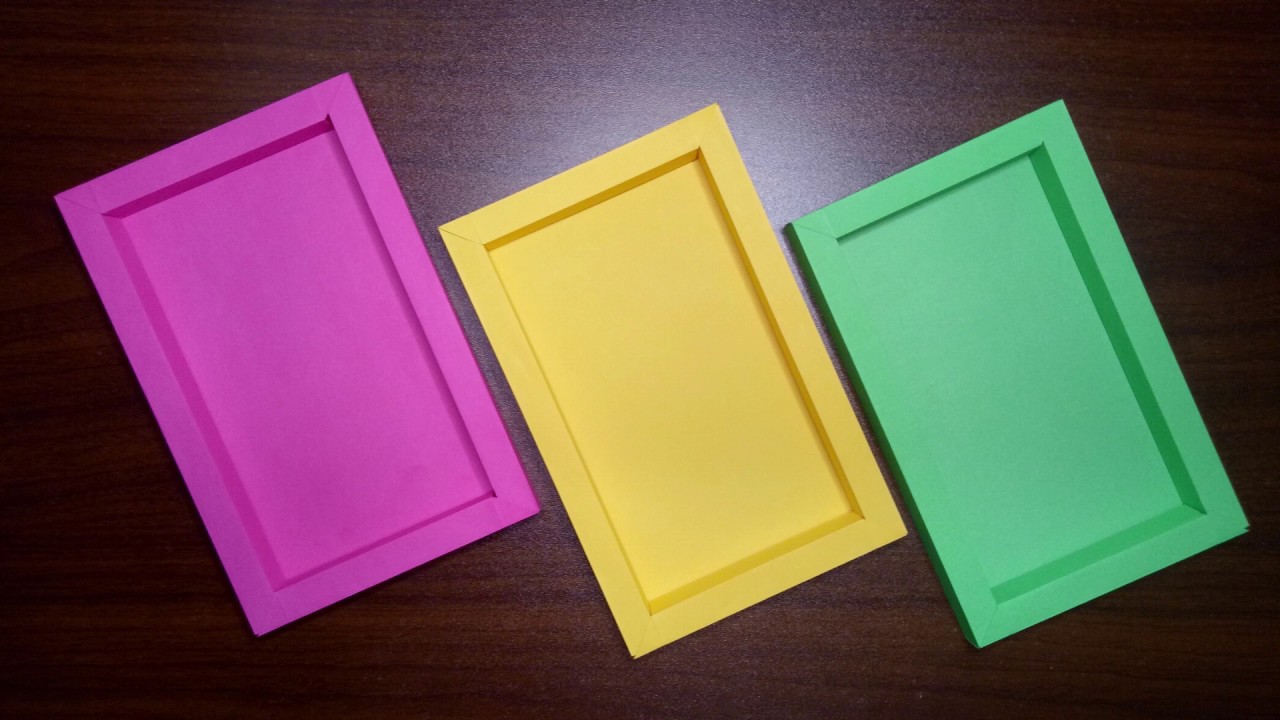
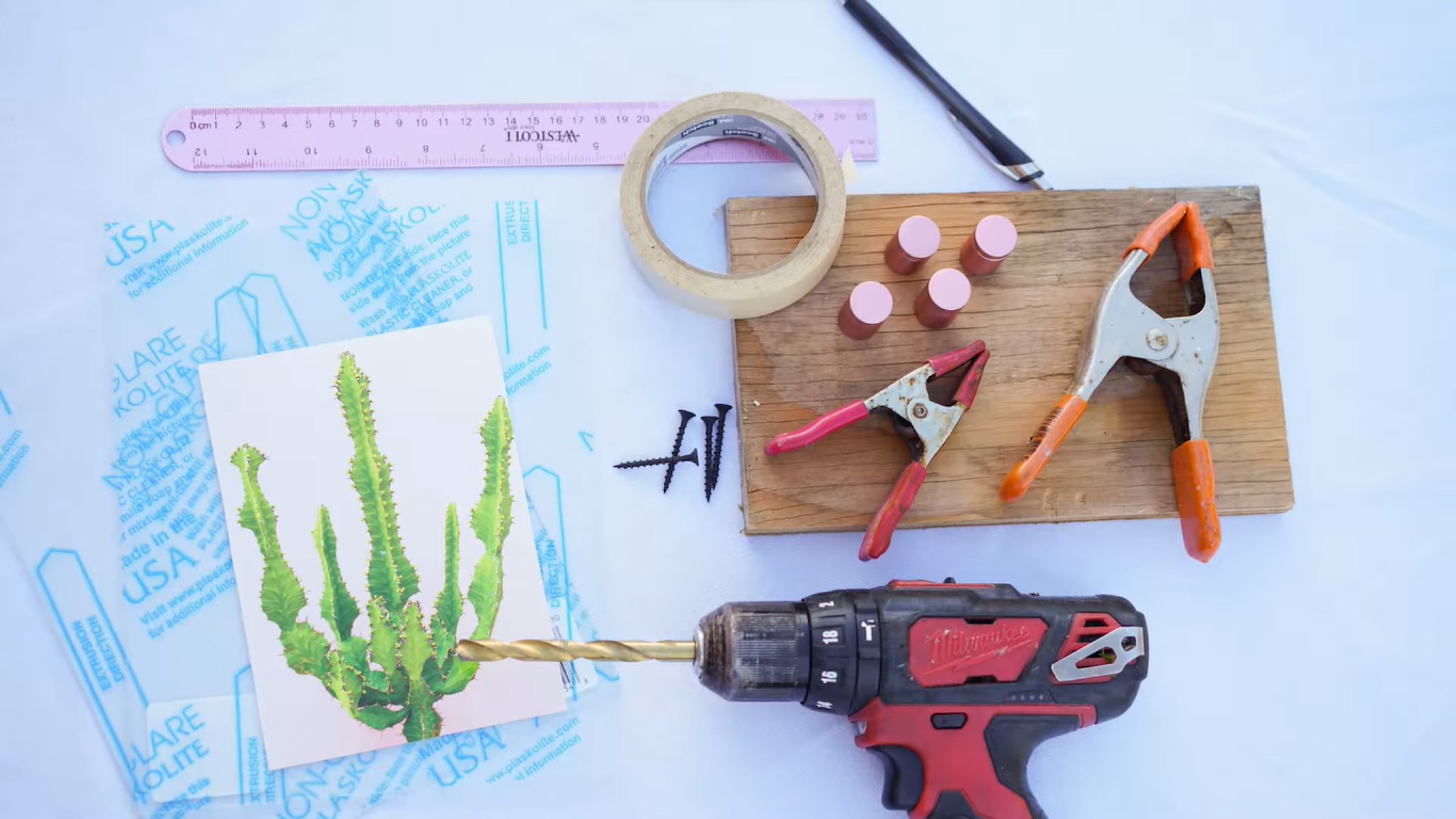
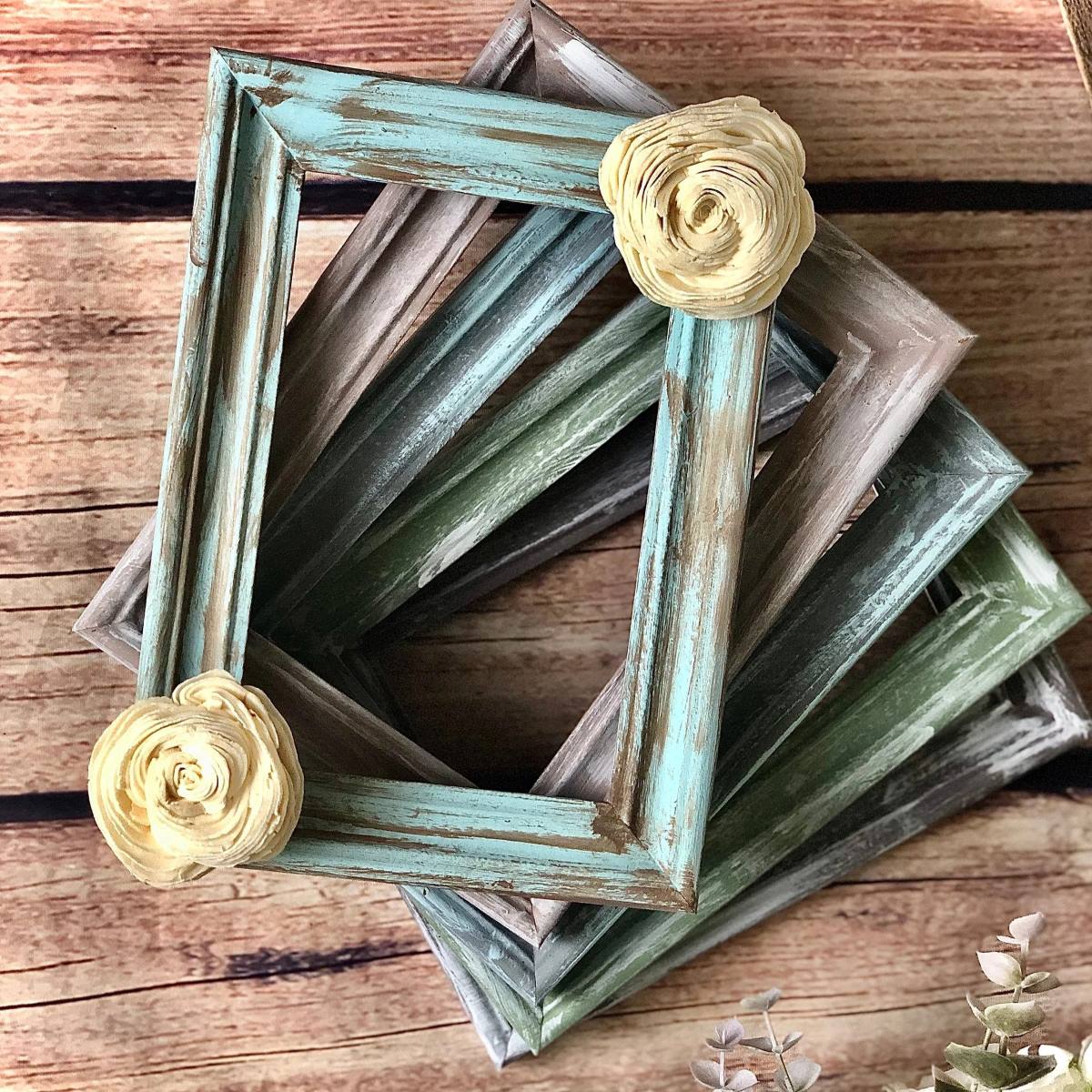
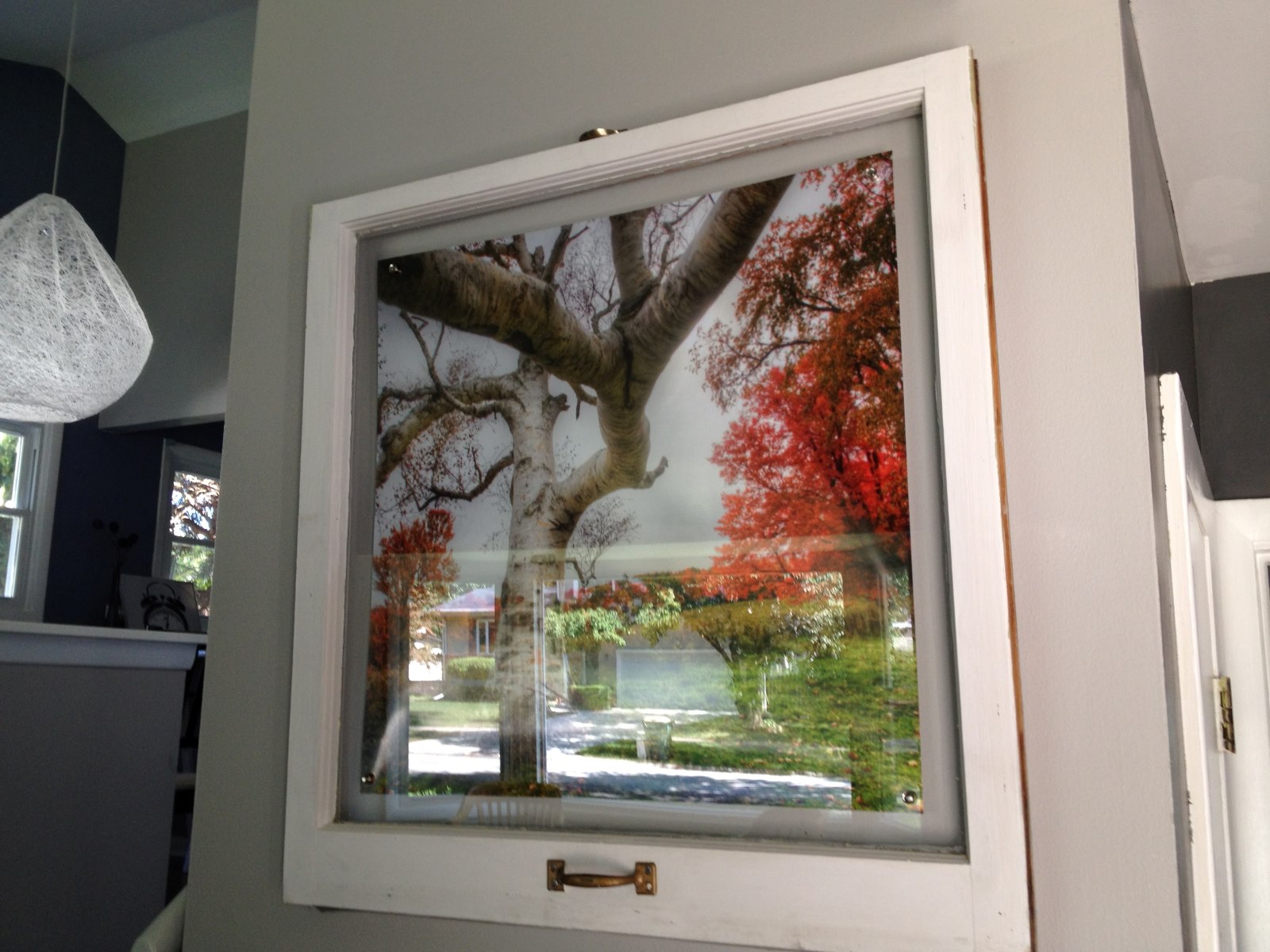
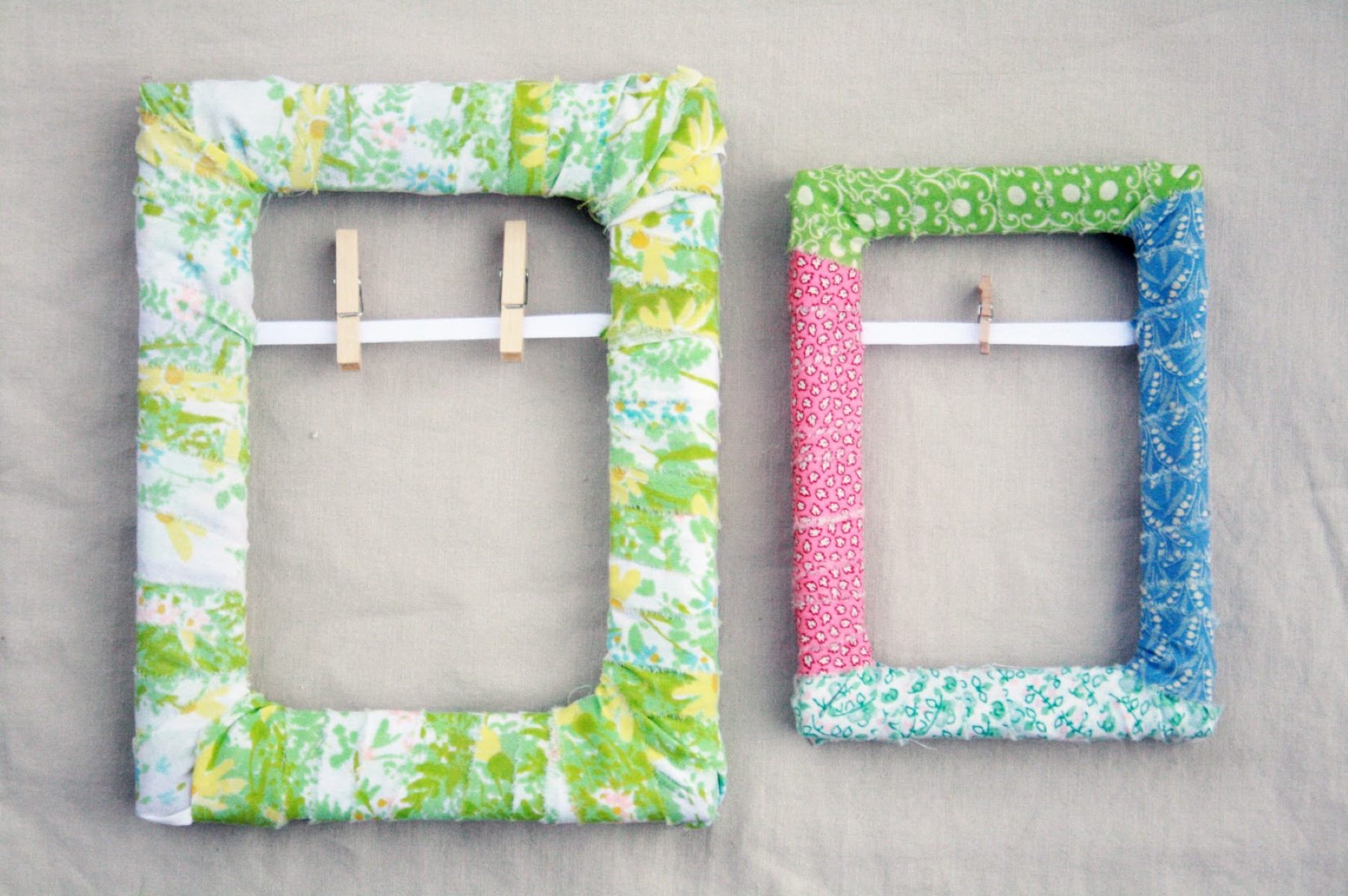
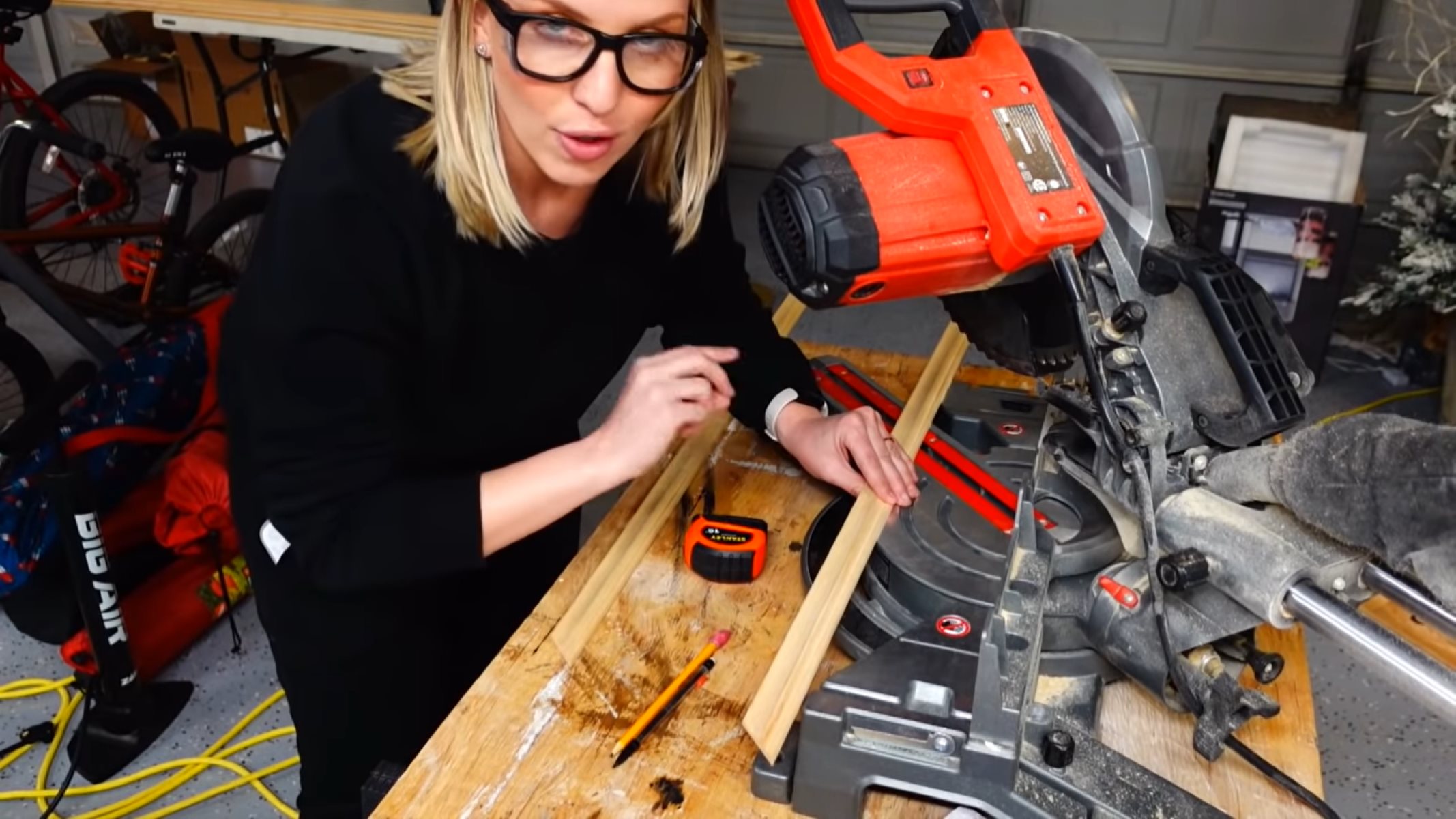
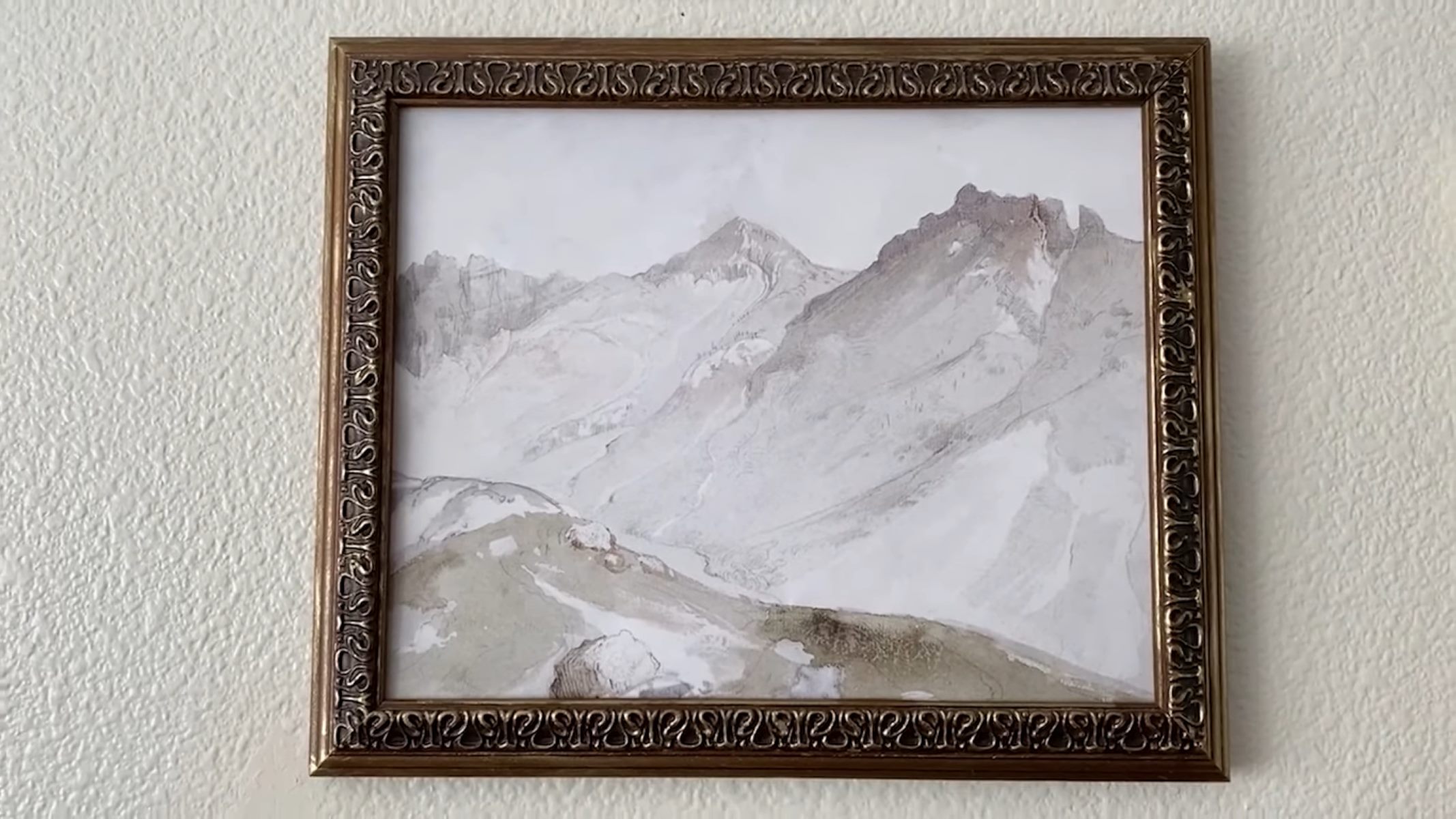
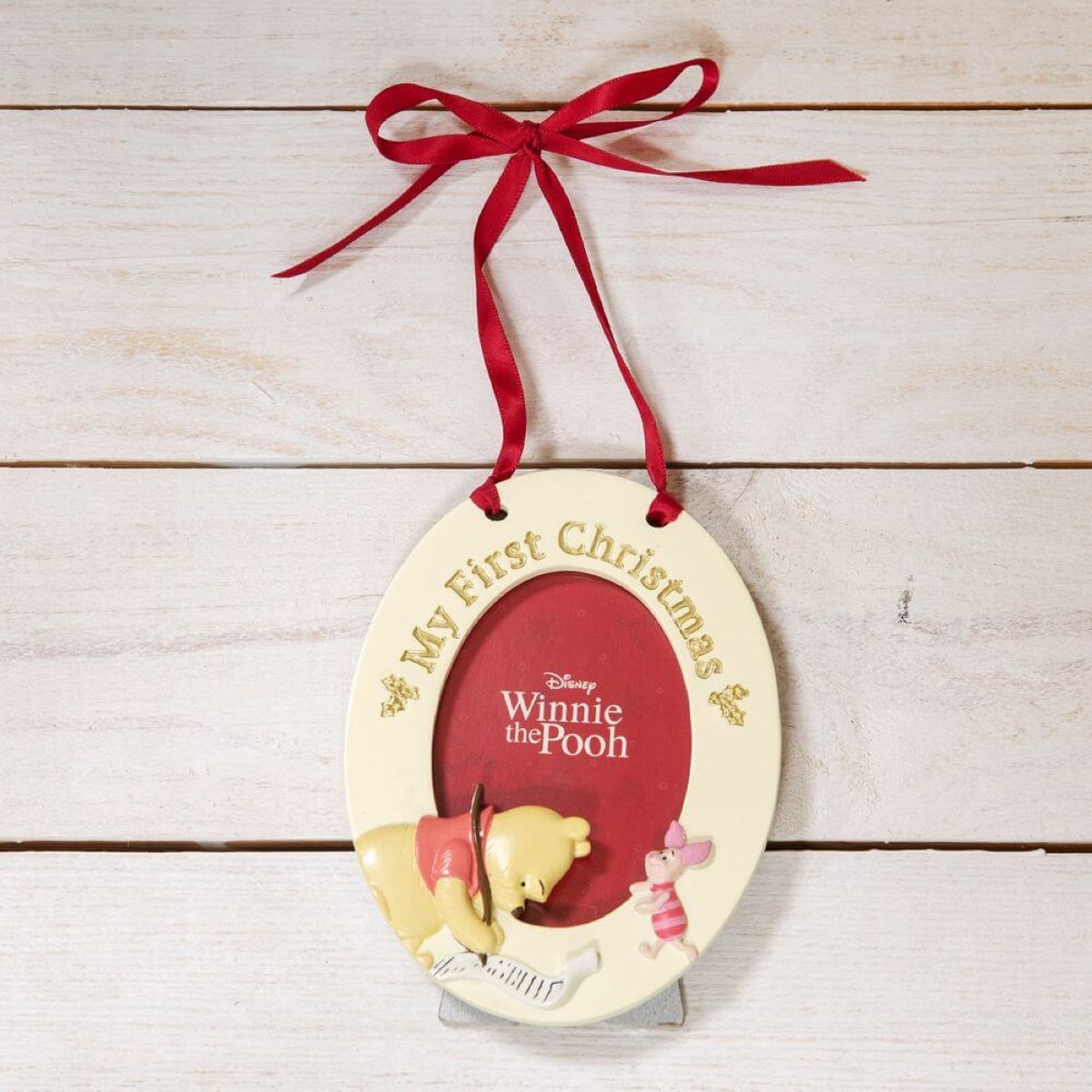
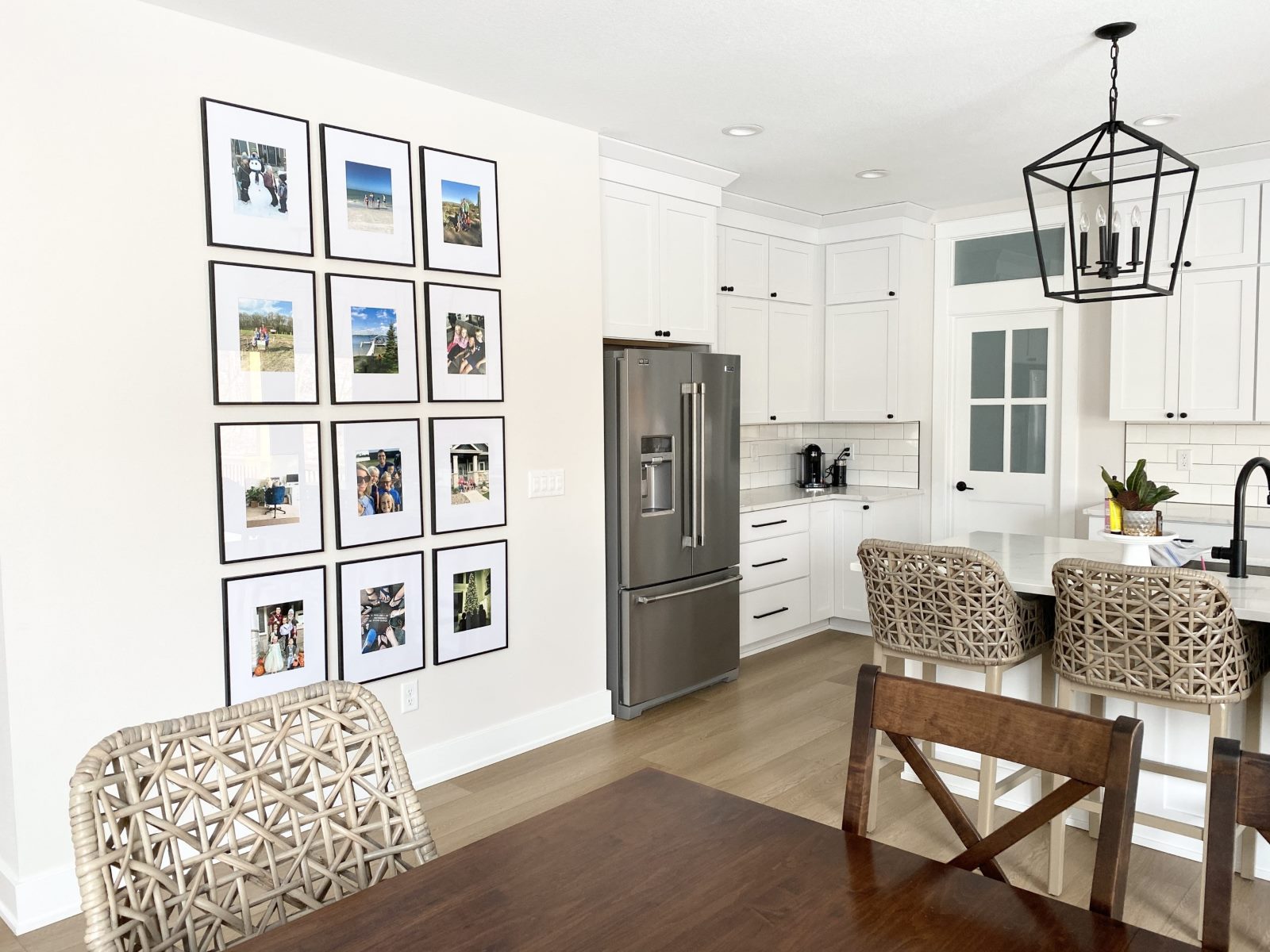
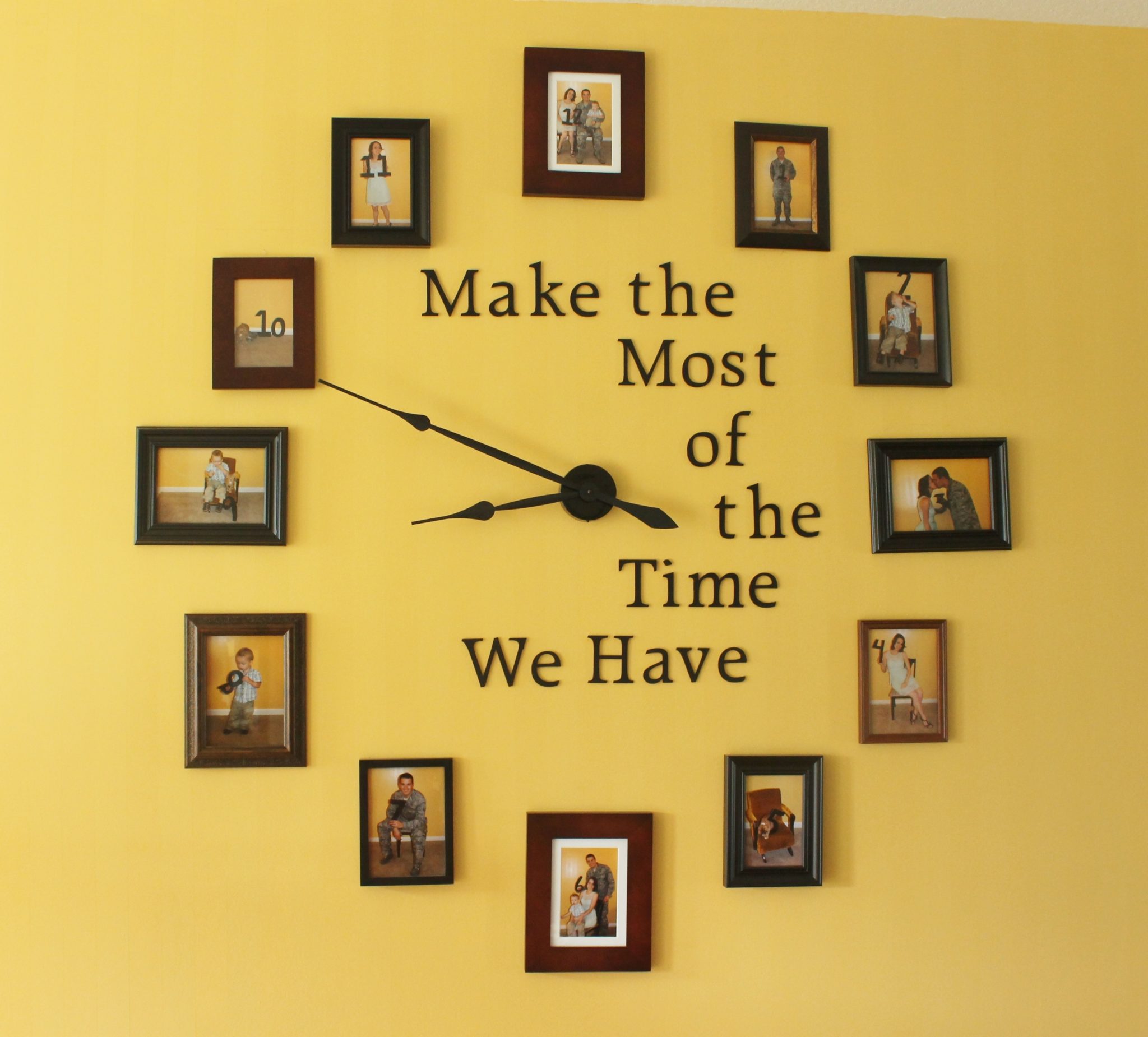
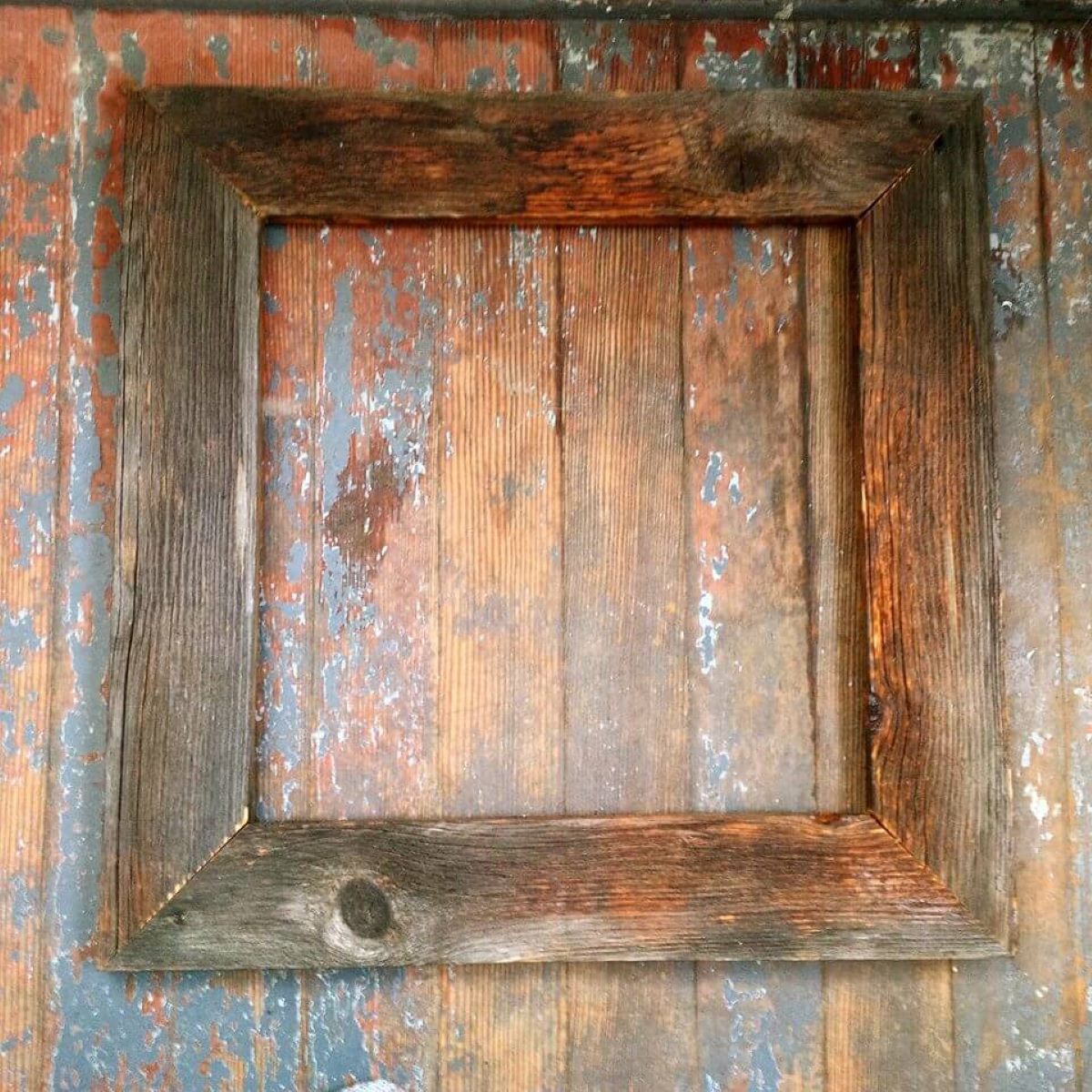
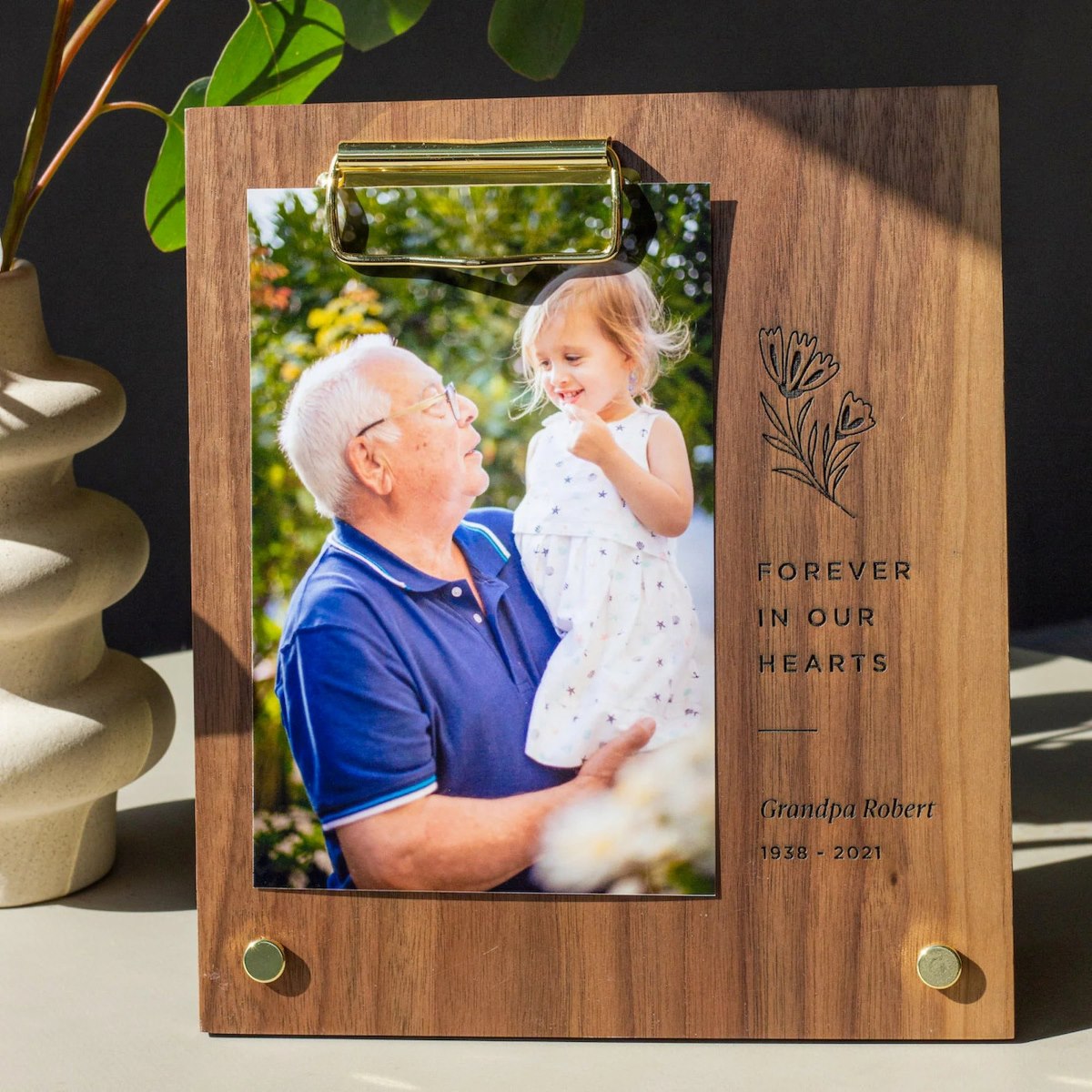
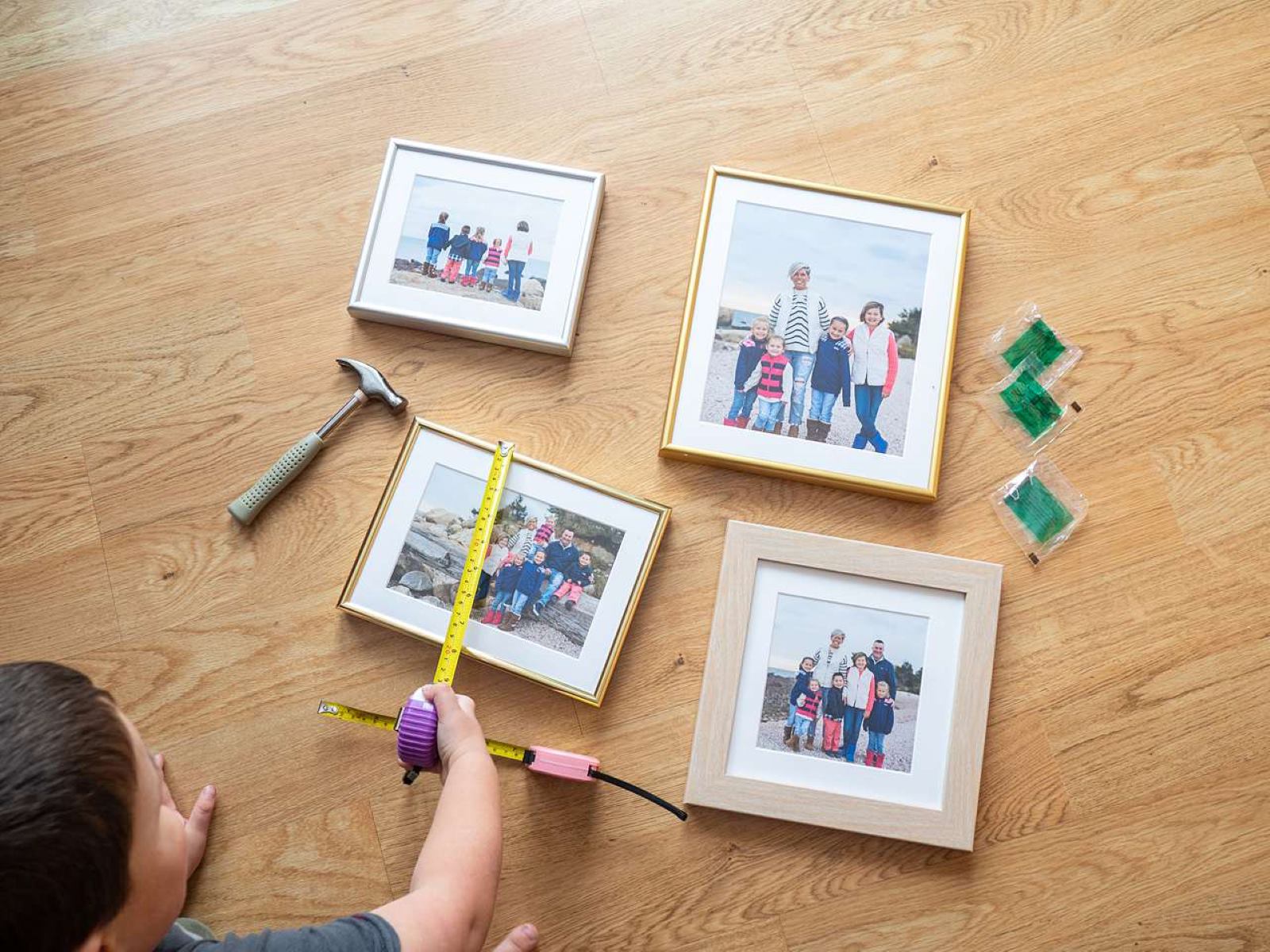

0 thoughts on “How To Make Paper Picture Frames”